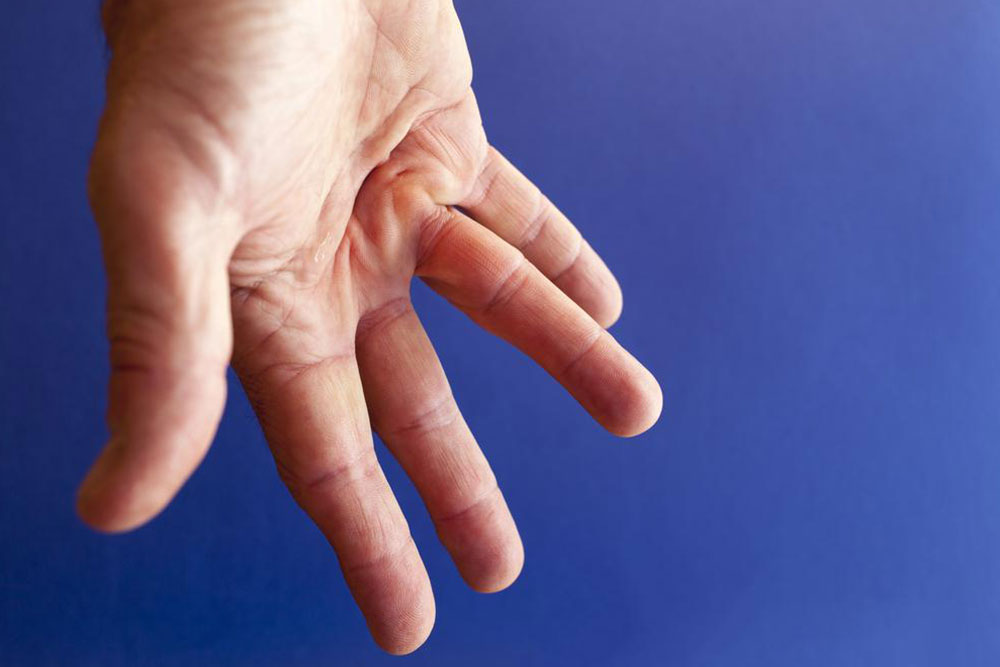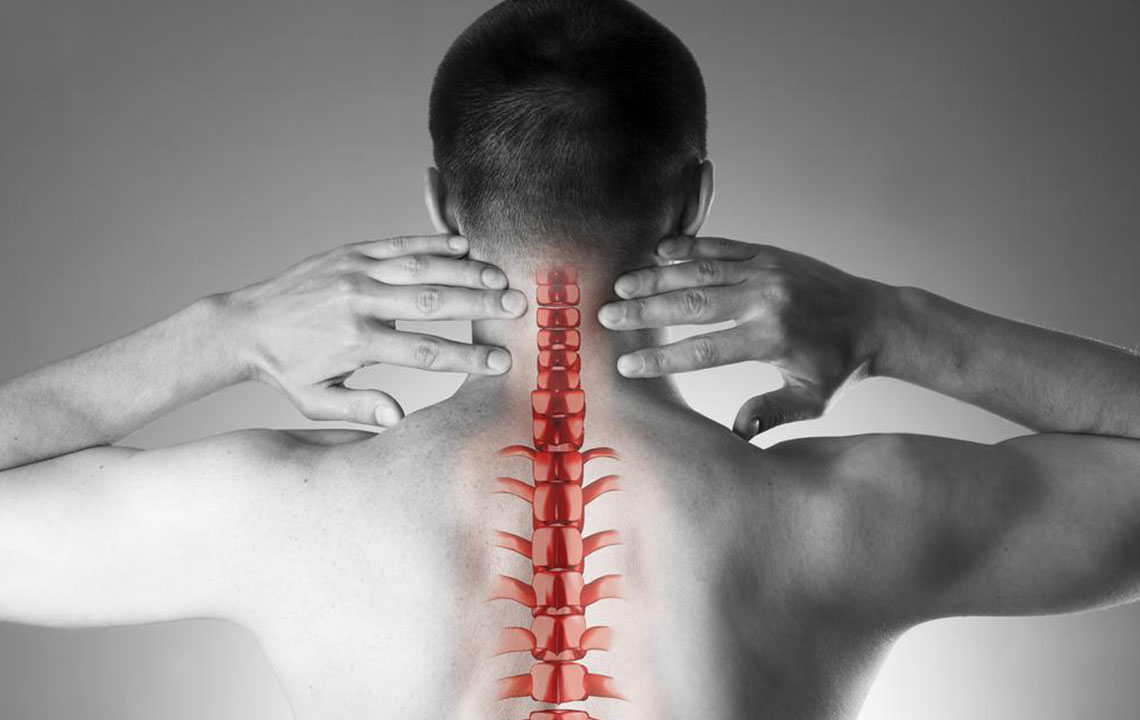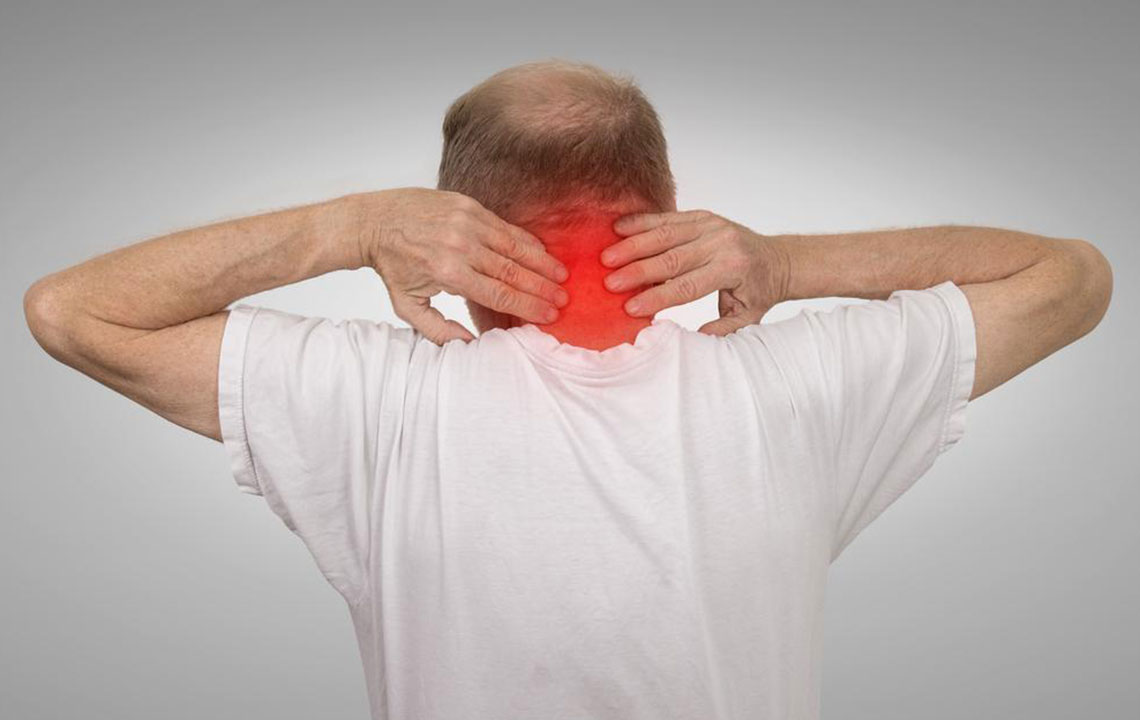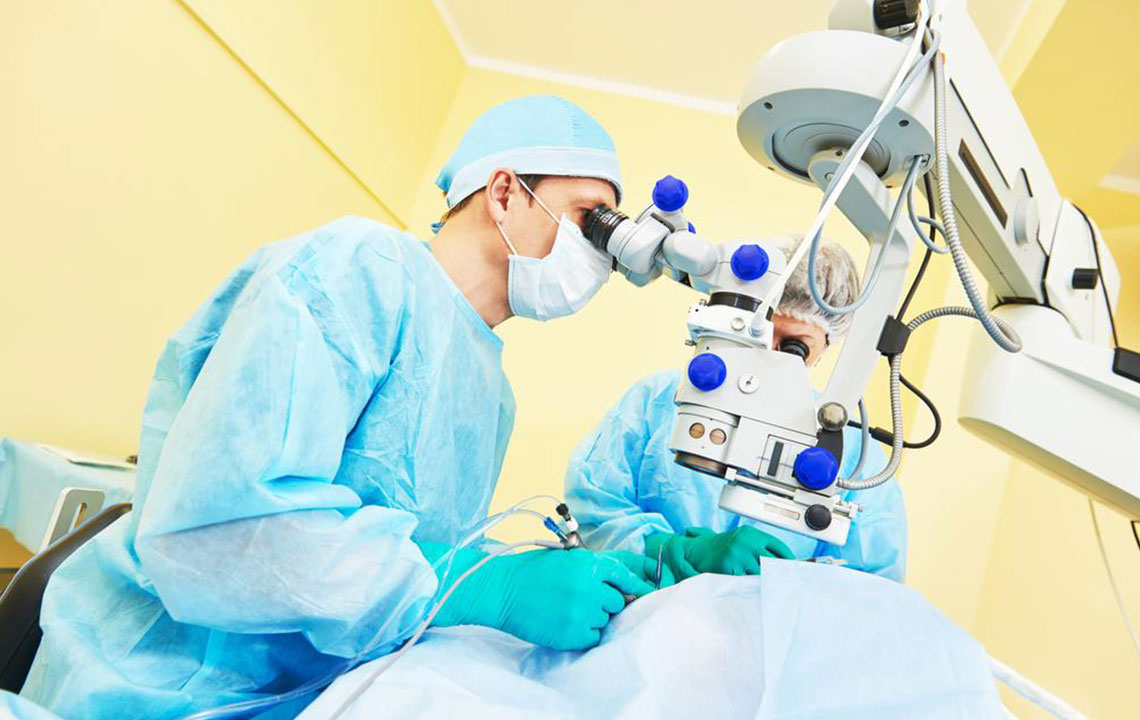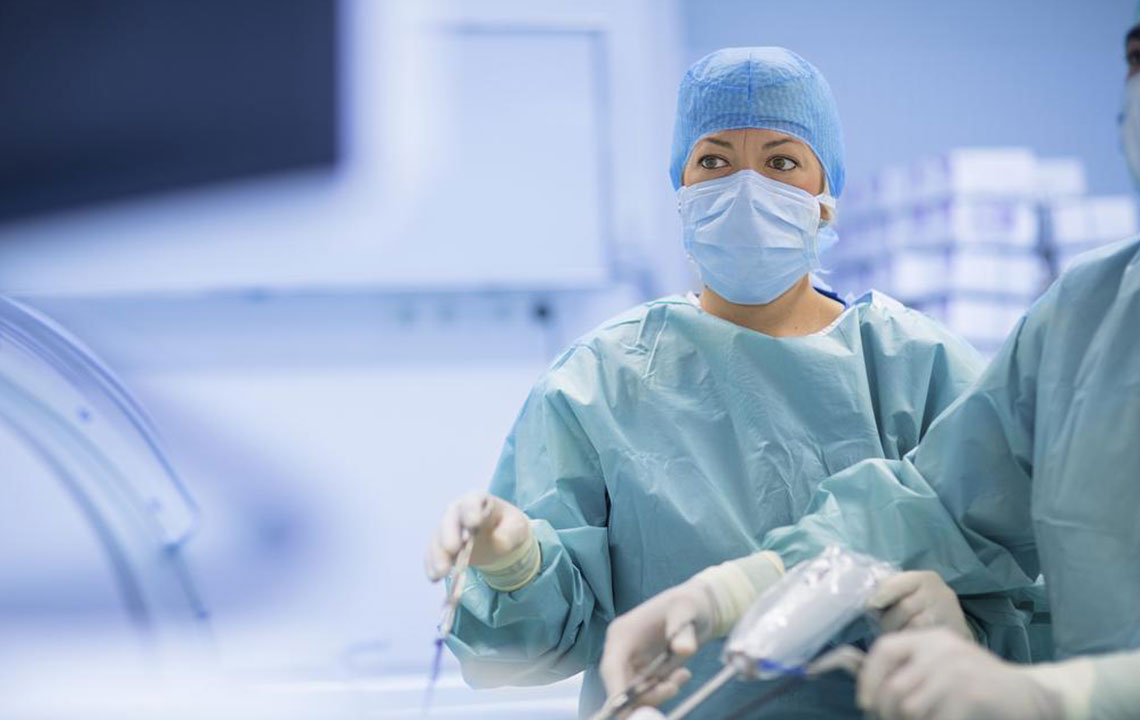Comprehensive Guide to Effective Treatments for Dupuytren's Contracture
Discover comprehensive strategies for managing Dupuytren's contracture, from early intervention with non-invasive treatments like enzyme injections and radiation therapy to advanced options such as surgery. Early detection and tailored treatment plans can significantly improve hand function and quality of life for affected individuals.

Comprehensive Guide to Effective Treatments for Dupuytren's Contracture
Dupuytren's contracture is a progressive hand condition that causes the fingers to curl inward, resulting in deformities that significantly affect daily activities and quality of life. This condition primarily impacts the fascia—the layer of connective tissue located beneath the skin of the palms and fingers—which gradually becomes thickened and contracted over time. As the tissue tightens, it pulls the fingers into a bent position, making simple tasks like gripping, typing, or grasping objects difficult. Understanding the nature of this condition and exploring effective treatment options is crucial for managing symptoms and improving hand function.
Recognizing the early signs and symptoms of Dupuytren's contracture is essential for timely intervention. Initially, small lumps or nodules may develop in the palm, often tender to touch. These nodules are typically painless in the early stages but tend to grow and harden over time, forming thickened bands of tissue that pull the fingers inward. As the disease progresses, these bands become more rigid, leading to finger flexion deformities and restricted movement. Early detection of these symptoms can prevent severe disability and preserve hand mobility.
Below, we detail the most common treatment options, ranging from conservational approaches to surgical interventions, tailored to the severity of the condition and the patient's needs.
Non-invasive treatment options are generally preferred in the initial stages of Dupuytren's contracture. These methods aim to alleviate symptoms, slow disease progression, and maintain hand function without surgery.
Anti-inflammatory Injections: These injections, such as corticosteroids, can help reduce inflammation, swelling, and pain around the nodules. They are particularly useful in early stages but tend to be less effective once the tissue becomes hardened and contracts.
Enzyme Injections (Collagenase Clostridium histolyticum): This minimally invasive option involves injecting enzymes to break down the abnormal collagen in the contracted tissue, loosening the bands and facilitating finger extension. Typically, two injections are administered, with a subsequent procedure to manually straighten the fingers. Patients may experience temporary side effects such as swelling, bruising, or skin tears, but recovery is generally quicker than surgical options.
Radiation Therapy: Low-energy radiation may be used to target early fibroblastic activity, halting or slowing nodule development. However, this method is less commonly employed and remains subject to ongoing research regarding its efficacy and safety.
Surgical treatments are indicated for advanced Dupuytren's contracture when hand function is significantly compromised:
Open Surgery (Fasciotomy or Fasciectomy): This traditional approach involves making an incision to remove or divide the thickened connective tissue. In some cases, skin grafts may be required if large areas are involved or if the skin is damaged. Surgery aims to release contractures and restore finger mobility, but recovery may involve a longer healing period and physical therapy to regain strength and flexibility.
Needle Aponeurotomy (Percutaneous Fasciotomy): This minimally invasive technique uses a specialized needle to cut the diseased tissue through small skin punctures. It offers a quicker recovery period with less scarring and bleeding compared to open surgery. However, there might be a higher chance of recurrence, necessitating additional treatments in some cases.
Each treatment approach should be tailored to the individual patient, considering factors such as age, extent of contracture, occupation, and overall health. Consulting a hand specialist or orthopedic surgeon experienced in Dupuytren's disease is essential for developing an effective management plan.
In conclusion, while Dupuytren's contracture is a progressive condition with no definitive cure, a variety of treatments are available to manage symptoms and improve hand function. Early diagnosis and intervention are critical. Advances in minimally invasive procedures, enzyme therapy, and surgical options continue to enhance patient outcomes, allowing many to regain a significant degree of hand mobility and reduce discomfort.
